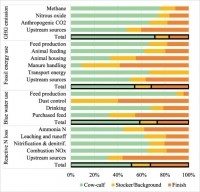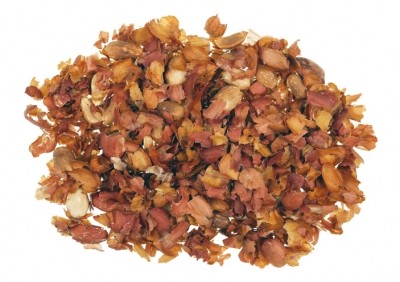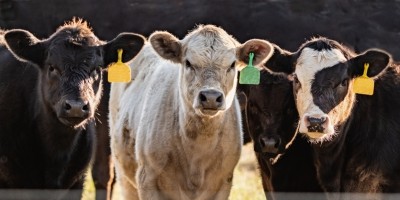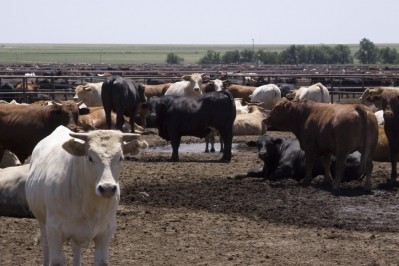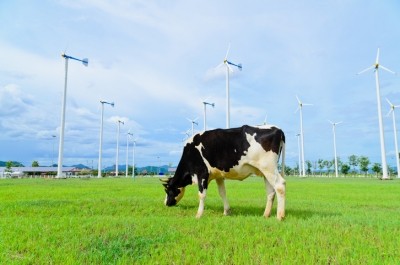Focus on water use, feed type and the time needed to produce finish cattle, may help increase sustainability of US production
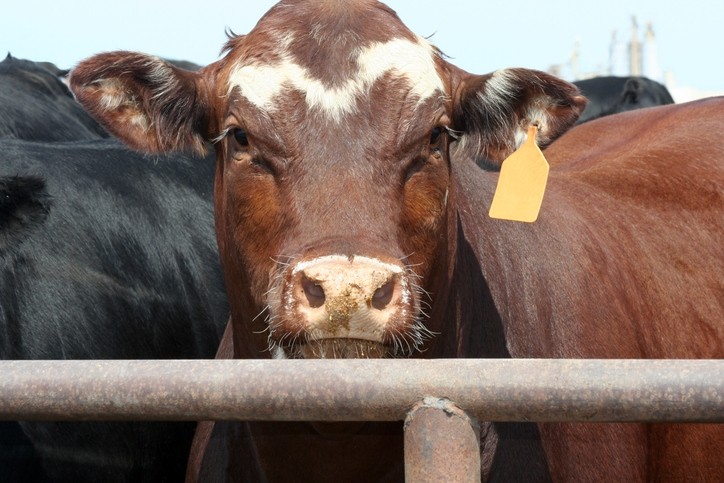
Alan Rotz, agricultural engineer with the US Department of Agriculture (USDA) Agricultural Researcher Service (ARS), along with a team of researchers, carried out a modeling and analysis project using an Integrated Farm System Model along with soil and climate analysis to establish a baseline for the environmental effects linked to beef cattle production across the US.
“It provides a baseline so we have something to compare to hopefully as improvements are made in the future,” he told FeedNavigator. “It shows where the major issues are, and that’s somewhat region specific, but where do you focus if you want to improve and reduce these environmental impacts [and] what [actions are going] to provide the most benefit … that’s the kind of information that can really be gained from this.”
The assessment looked at the greenhouse gas generated, reactive nitrogen emissions, total fossil energy use, blue water consumption, according to the study. It also assessed feed production and intake, animal growth and performance, along with the cycling of nutrients and nutrient movement.
Details about the project, funded in part by the Beef Checkoff, were published in the journal, Agricultural Systems.
The National Cattlemen's Beef Association in the US participated in the project as well.
The analysis took several years to complete, said Rotz. Some of the commentary at the project's outset about the effect of beef production on the environment was not well documented.
“There was a need to do a more comprehensive, scientific study to document as we best we could in hard, scientific numbers as close as we could get it – just what the sustainability of beef is,” he said.
Now that the initial review has been completed, a next step will be to focus on mitigation efforts, he said.
“Now we have a good baseline to compare to – what are some options what can we do to improve things?”
According to the study, the wide variation in environmental footprints found among individual production systems indicates that reductions can be made to improve overall sustainability.
"However, much of the difference among systems is due to climate and soil factors that are beyond the control of producers. Warmer and wetter climatic conditions and higher clay content soils tend to increase both carbon and N emissions. The amount of precipitation received also greatly affects the need for irrigation of crops and to a small extent, the need for water to drink. Broad, general recommendations cannot be made at a national level for improving sustainability. Improvements must be made on an individual operation basis considering the uncontrollable factors influencing the management of the operation.
"When considering individual operations, there are management factors to consider for reducing environmental impacts. A major consideration is the time needed to produce finished cattle. Generally, the longer they are alive, the more impact they have. There are trade-offs though in that the feed used to obtain the greater rate of gain may have a greater environmental impact. Optimal use of fertilizer and lime should be considered to make best use of available nutrients with less loss to the environment. Minimizing the use of trucks and all-terrain vehicles and greater use of solar and wind power for watering cattle and fencing can reduce energy consumption.
"In areas where irrigation is required, efficient use of that water for crop or pasture production is critical for reducing blue water consumption. These and other factors must be considered as we develop more efficient and sustainable cattle production systems," noted the authors.
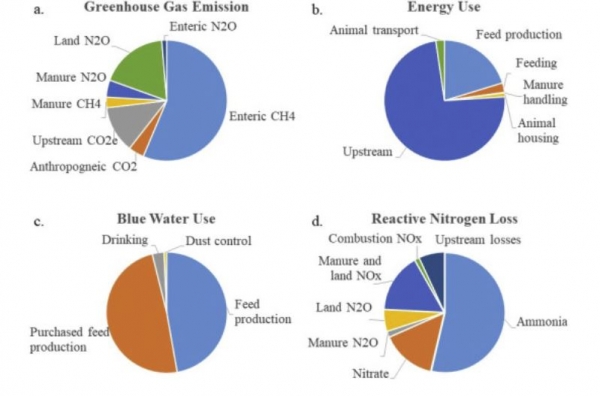
Reviewing production practices
The modeling and review process started with a pilot project looking at one ARS facility that also raises cattle, said Rotz.
“They had a lot of good data and things we could work with to support our modeling effort and validate our process,” he said. “We looked at the full lifecycle of beef based on the one production system.”
Following the small-scale project, the country was divided into regions to allow for models that were specific to cattle production in different parts of the country, he said.
“We went into each region, and did an online survey with producers, and visited operations and collected information on how they do things [and] modeled them through what we call a lifecycle assessment (LCA) to get some numbers on the impact of beef cattle production.
“At the end, we did [about] 150 different simulated beef operations across the country in different climates and different management strategies and pulled that data to look at the national numbers."
He found smaller operations and higher stocking densities were more common in the east or in wetter climates, while western producers tended to be larger in size and use lower stock ratings, the report authors said.
However, other areas where facilities differed included animal housing and on-farm feed production, and farm equipment and manure use also were considered.
Regional modeling results and suggestions
After completing the modeling and analysis, there would be a way to sustainably produce cattle across the country, said Rotz. However, attention has to be paid to regional differences.
“You can’t do the same thing everywhere different regions have different ways of doing things we have to work within those regions to make things the best we can for those regions,” he said.
Results for the environmental reviews were presented by production stage – cow-calf, stocker or finish – and by region, the report authors said.
Overall, the majority of GHG emission, fossil energy use, blue water use and reactive N loss happened during the cow-calf stage, they said. However, fossil energy and blue water use is higher during the finish stage than the stocker and more reactive N loss takes place.
About 74% of the feed eaten by cows is consumed during the cow-calf phase, they said. About 82% was forage, 11% grain and 7% byproduct-based feed, they said. Feed consumption was fairly consistent for all regions.
Water use was different by region often based on temperature, they said. Fossil energy use also varied regionally predominately based on the size of operation, although western facilities saw more electricity use to support the irrigation of feed production and to supply drinking water.
About 35% of gas emissions happened during the finishing phase, but about half came from waste generated in the cow-calf stage, the authors said.
The cow-calf stage tends to be the longest period during production, said Rotz.
“One of the things that’s come out of it was the water use, especially in the dry western areas,” he said. “It just seems like an area that we really have to give some attention to as water becomes more and more scarce. We can use feeds that are less dependent on water, less water intensive - that’s going to be a big help.”
Water use during the stages of cattle production does not pose the same challenge for producers in other parts of the country, like the Northeast, Midwest or Southeast, he said.
In the Northeast, water use ranged from 102 to 403L per kg carcass weight (CW) and in the Southeast from 109 to 411L per kg CW, the researchers said. In the Northern Plains, it was 644 to 3,260L per kg CW and in Southwest 1,359 to 14,771L per kg CW.
In the eastern parts of the country producers could focus on the use of inputs on farmland, said Rotz.
“Another thing we found that we weren’t necessarily expecting was there’s a lot more fertilizer and lime use in the east,” he said. “It makes sense because of the wetter climate and soils and we’re working with more intensive production systems – we tend to use more of those resources, but again they contribute to energy use and carbon footprint as well as nutrient losses from the operation.”
The type of feed used during cattle production shows only about 10 to 15% of it could be edible by humans, he said. Increasing the use of by-products in cattle feed is one way that producers can reduce the carbon footprint of their production.
“As we look to the future anything we can do to recycle more of these types of products through beef and reduce the amount of corn, particularly irrigated corn, the lower the impact is going to be."
Source: Agricultural Systems
Title: Environmental footprints of beef cattle production in the United States
Authors: A. Rotz, S. Asem-Hiablie, S. Place, G. Thoma
DOI: doi.org/10.1016/j.agsy.2018.11.005
